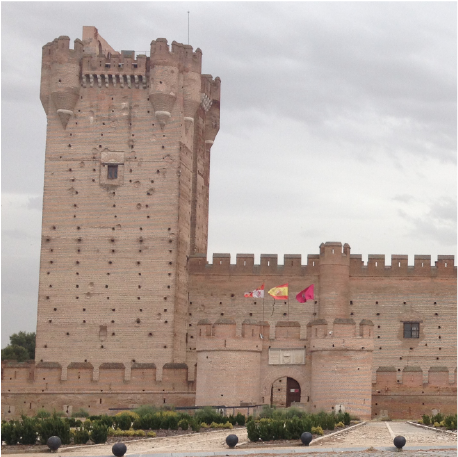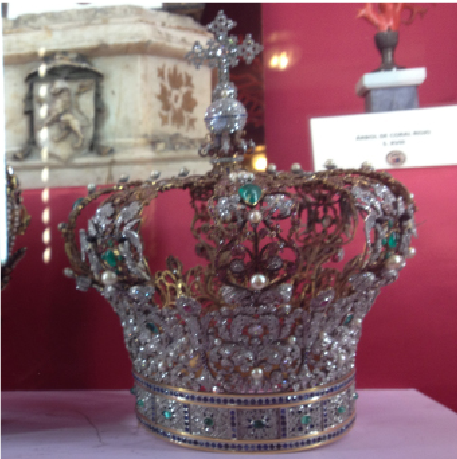During the 16th century, with Carlos I and Felipe II, Spain became the most powerful European nations, its territory covering most of South and Central America, Asia –Pacific, the Iberian peninsula, southern Italy, Germany, and the Low Countries. This was late r know as the Spanish Empire. It was also the wealthiest nations but the uncontrolled influx of goods and minerals from Spanish colonization of the Americas resulted in rampant inflations and economic depression. In 1640, under Felipe IV, the centralist policy of the Count-Duke of Olivares provoked wars in Portugal and Catalonia. Portugal became an independent kingdom again and Catalonia enjoyed some years of French- supported independence but was quickly returned to the Spanish Crown.
A series of long and costly wars and revolts followed in the 17th century, beginning a steady decline of Spanish power in Europe. Controversy over succession to the throne consumed the country during the first years of the 18th century. It was only after this was ended and a new dynasty was installed-the French Bourbons-that a centralized Spanish state was established and the first Bourbon king Philip V of Spain in 1707 cancelled the Aragon court and changed the title of king of Castilla and Aragon for the current king of Spain.
Spain was occupied by Napoleon in the early 1800s, but the Spaniards rose in arms. After the War of Independence (1808-1814), as series of revolts and armed conflicts between Liberals and supporters of the ancient regime lasted throughout much of the 19th century, complicated by a dispute over dynastic succession by the Carlists which led to three civil wars. After that, Spain was briefly a Republic, from 1871 to 1873, a year in which as series of coups reinstalled the monarchy. In the meantime, Spain lost all of its colonies in the Caribbean region and Asia-Pacific region during the 19th century, a trend which ended with the loss of Cuba, Puerto Rico, Philippines and Guam to the United States after the Spanish-American War of 1898.
The 20th century initially brought little peace; colonization of Western Sahara, Spanish Morocco and Equatorial Guinea was attempted. A period of dictatorial rule (1923-1931) ended with the establishment of the Second Spanish Republic. The Republic offered political autonomy to the Basque Country and Catalonia and gave voting rights to women. However, with increasing political polarization, anti-clericalism and pressure from all sides, coupled with growing and unchecked political violence, the Republic ended with the outbreak of the Spanish Civil War in July 1936. Following the victory of the nationalist forces in 1939, General Francisco Franco ruled a nation exhausted politically and economically.
After World War II, being one of few surviving fascist regimes in Europe, Spain was politically and economically isolated and was kept out of the United Nations until 1955, when it became strategically important for U.S. President Eisenhower to establish a military presence in the Iberian peninsula. In the 1960s Spain began to enjoy economic growth and gradually transformed into a modern industrial economy with a thriving tourism sector. Growth continued well into the 1970s, with Franco’s government going to great lengths to shield the Spanish people from the effects of the oil crisis. Upon the death of the dictator General Franco in November 1975, his personally designated heir Prince Juan Carlos assumed the position of king and head of state. With the approval of the Spanish Constitution of 1978 came the arrival of democracy.



